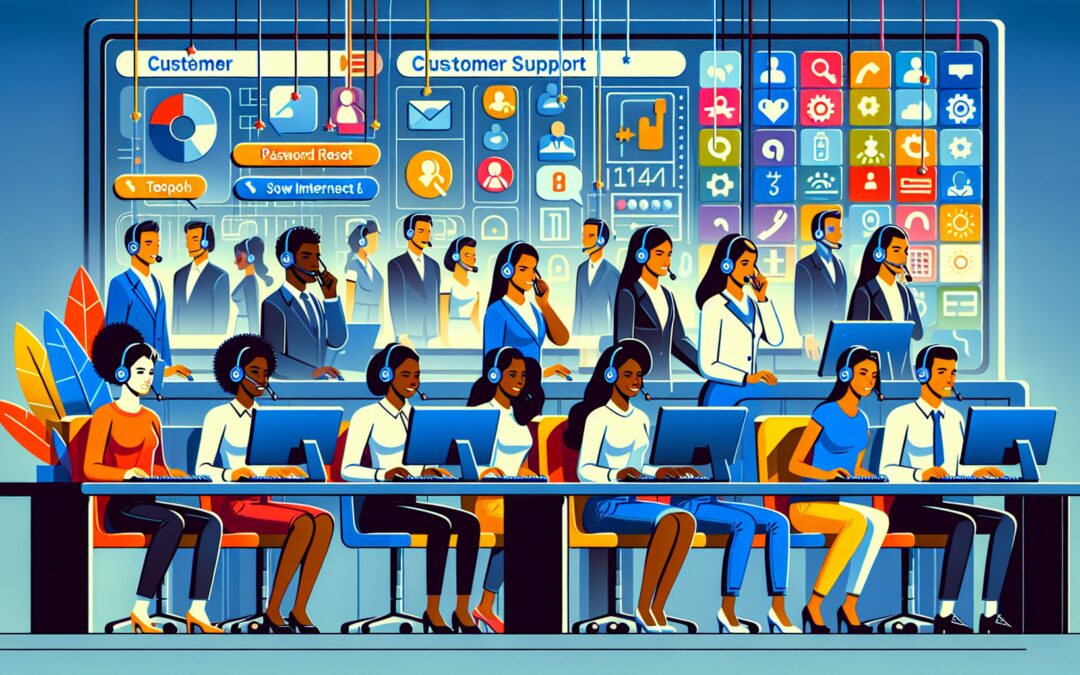Technical inquiries are an inevitable aspect of any business that revolves around technology, be it software, hardware, or other tech-related services. Addressing these inquiries with efficiency and precision is crucial for maintaining customer satisfaction and operational efficiency. In this article, we will delve into some of the most common technical inquiries and how to handle them effectively.
Understanding the Customer’s Issue
The first step in handling any technical inquiry is understanding the customer’s issue thoroughly. Effective communication is essential. Customer support agents should use active listening skills and ask clarifying questions to gather all necessary details. This aids in diagnosing the problem correctly and recommending appropriate solutions.
Common Technical Inquiries
There are several recurring technical issues that customers typically face. Below, we outline some of the most common ones and suggest ways to address them:
1. Software Installation Problems
Many users encounter difficulties during software installation. These issues can range from incompatibility with the device’s operating system to missing prerequisites like specific drivers or frameworks.
Solution: Provide step-by-step installation guides, including screenshots or video tutorials. Ensure that these guides cover troubleshooting steps for common errors. Additionally, maintain a Frequently Asked Questions (FAQ) section that addresses typical installation problems.
2. Connectivity Issues
Connectivity problems are common, especially with devices that rely on network connections, such as printers, routers, or smart home gadgets.
Solution: Offer detailed troubleshooting steps to check network settings, such as verifying Wi-Fi passwords, ensuring the device is within range of the router, and restarting network equipment. If possible, provide diagnostic tools that can automatically detect and repair common connectivity issues.
3. Performance Degradation
Customers often report issues related to slow performance or unexpected crashes of software applications or hardware devices.
Solution: Recommend routine maintenance tasks like clearing cache, updating to the latest version of the software, and checking for malware. For hardware, suggest regular firmware updates and check for system resource conflicts. Detailed guides on these topics can significantly assist users in troubleshooting performance issues.
4. Data Recovery
Losing data can be a distressing experience for customers. This can occur due to accidental deletion, software corruption, or hardware failure.
Solution: Advise users on the importance of regular backups and provide instructions for using your software’s built-in recovery tools, if available. For more severe cases, guide them through the process of using third-party data recovery software or services. Always recommend clients to contact professional data recovery services for critical data loss situations.
5. Compatibility Issues
Compatibility problems can arise when hardware or software isn’t fully compatible with the user’s existing systems.
Solution: Offer a comprehensive compatibility matrix that shows which systems your products are compatible with. In case of incompatibility, propose alternative solutions or workarounds that the customer might not be aware of. Clear documentation on system requirements and compatibility can preempt many of these inquiries.
Enhancing Customer Support Efficiency
To manage technical inquiries effectively, consider implementing the following strategies:
1. Comprehensive Documentation
Maintain an up-to-date knowledge base with detailed articles, guides, and FAQs that customers can easily access. This not only empowers customers to resolve issues independently but also reduces the volume of support requests.
2. Training and Skill Development
Regular training sessions for customer support teams ensure they are well-versed in the latest product updates and troubleshooting techniques. A knowledgeable support team can resolve issues more quickly and accurately.
3. Multichannel Support
Offer support through various channels, such as phone, email, live chat, and social media. This ensures that customers can reach out via their preferred method. Additionally, consider implementing self-service options like chatbots for handling simple and repetitive inquiries.
4. Feedback and Continuous Improvement
Encourage customers to provide feedback on the support they received. Analyzing this feedback can highlight areas for improvement and help tailor your support processes to better meet customer needs.
Conclusion
Handling common technical inquiries effectively requires a well-thought-out strategy that includes understanding customer issues, providing comprehensive documentation, and equipping support teams with the necessary skills and tools. By implementing these strategies, businesses can enhance customer satisfaction, reduce resolution times, and improve overall efficiency in managing technical support.


